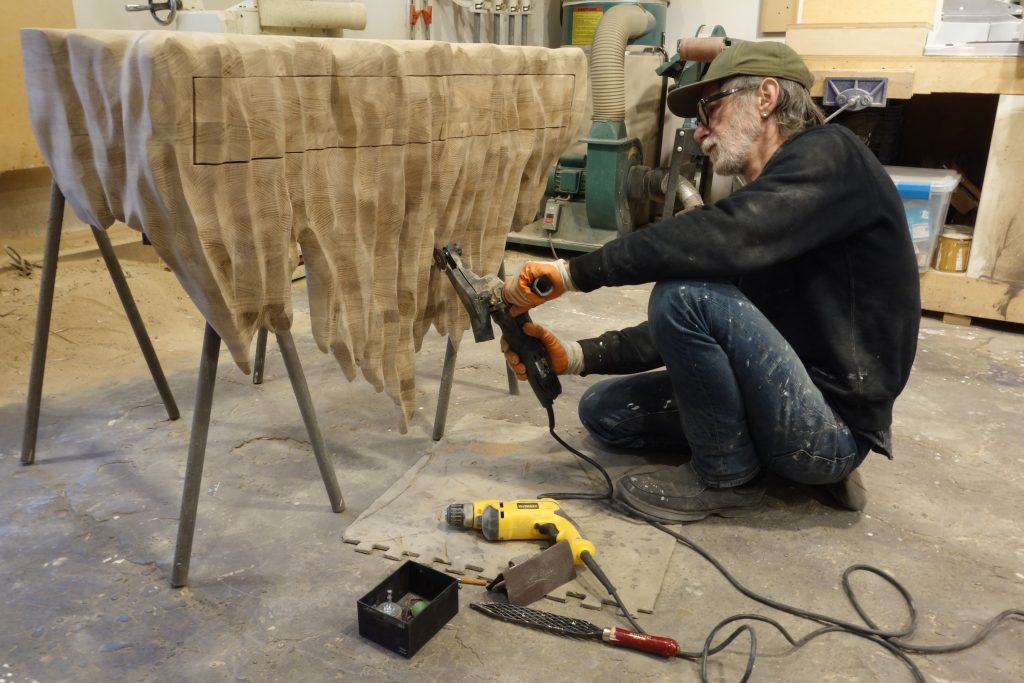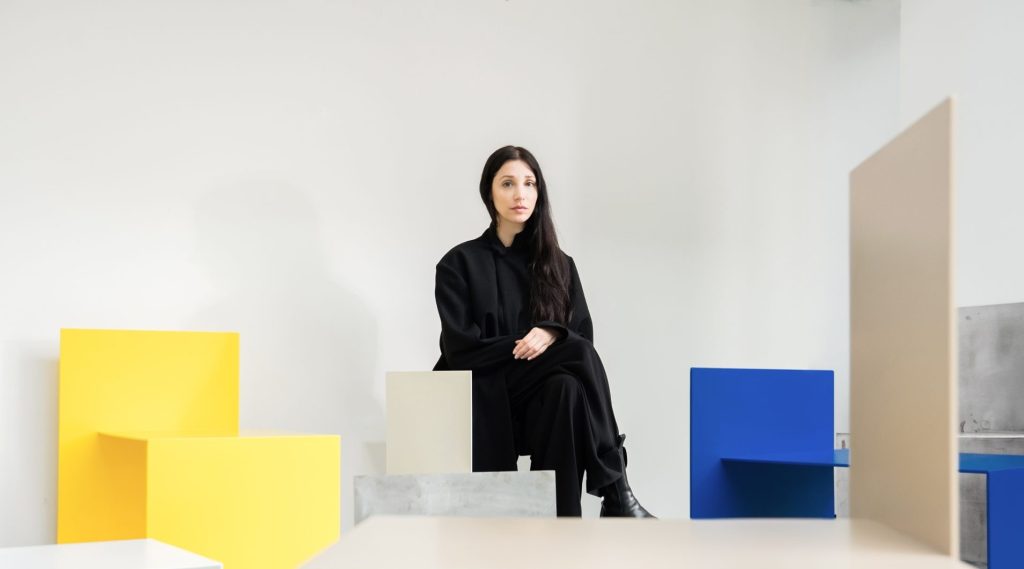
Meet the curator: JORN KONIJN, Amsterdam
Jorn Konijn is an architecture and design curator and writer based in Amsterdam. His overarching interest in both domains is to approach the disciplines from a social, cultural or environmental angle, emphasizing the process of creation itself as a valuable experience, and not exclusively the end result or product. He has curated several globally renowned exhibitions, including the official Dutch Pavilion for the International Architecture Biennale of São Paulo; the award-winning “Housing with a Mission” exhibition for the Urbanism & Architecture Bi-City Biennale of Hong Kong and Shenzhen, 2011; and the exhibition “Lelé – Architect of Health and Happiness,” for the Netherlands Architecture Institute (NAi) in 2012. In 2015, Konjin was appointed curator of the 5th Bienal Brasileira de Design, which took place in Florianopolis, Brazil. After the biennale, the exhibition continued to travel through Brazil, debuting in São Paulo and Rio de Janeiro. Recently, Konjin was appointed as curator for an exhibition on the work of Dutch artist Claudy Jongstra, for Het Fries Museum in The Netherlands. Beyond his work as a curator, he is also a DJ, and the host of two award-winning weekly radioshows.
What are the special characteristics of the contemporary design community you are a part of?
Dutch Design is often considered “conceptual,” above all. Lately, though, Dutch designers have been focusing more prominently on the materiality of the object, and experimenting with the physical properties and potential of any given object.


Any special traditions/materials/techniques/historical events in your region that you believe have inspired local designers?
Contemporary works of design from this small yet culturally productive country still demonstrate many traces of design from the 1990s, when the cultural climate in The Netherlands pushed for innovation and boundary-pushing. Often, the landscape of Dutch design stressed a humorous, even ironic approach to design — rooted in the concrete rather than abstract. There are still a lot of traces of these times in Dutch design.


Describe the overall vision that shapes your curated portfolio.
I tried to curate a wide range of products to showcase the diversity in the landscape of Dutch design today — ranging from young to more established designers, from simple and functional objects to those with more abstract, aesthetic value. Most of the works are relatively simple straightforward pieces, but always with a twist, something exciting or adventurous going on.
How are the curated pieces you have chosen significant for or emblematic of your region’s design landscape today?
The works in my first collection show, in a very clear and direct way, that limited-edition design fosters research and creativity. This kind of design is a compelling way to engage a region traditionally identified with industrial, serial design, like The Netherlands. The excellent net of skilled artisans and small-scale factories in my region make the connection between research and high-quality production possible.


See the curated collection from Amsterdam





Responses